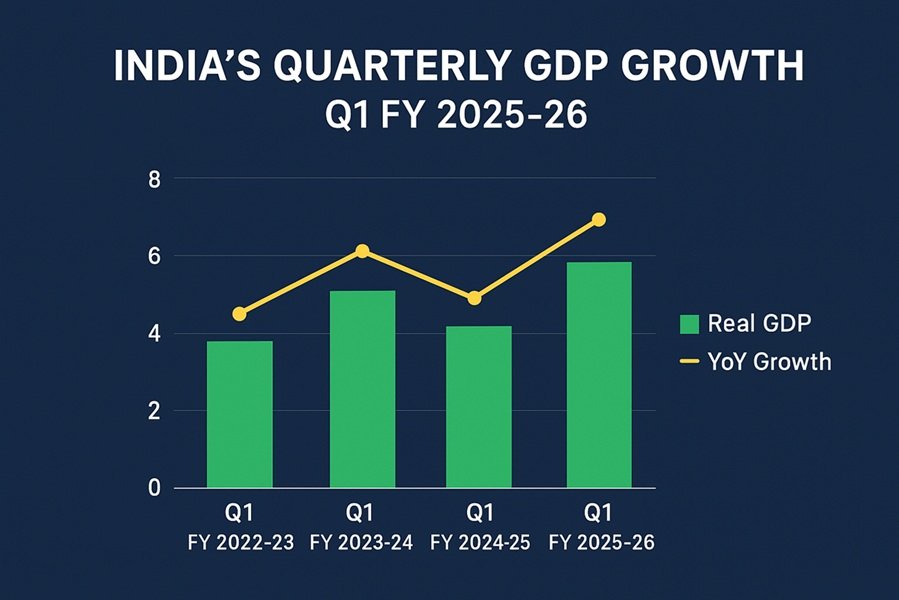
Special Drawing Rights (SDRs) are a type of international monetary resource created by the International Monetary Fund (IMF). SDRs are not a currency but an international reserve asset that helps countries manage their foreign exchange reserves and stabilize their economies. Let’s break it down step by step to understand this concept in the simplest way possible.
What Are SDRs?
Imagine SDRs as a form of virtual money that countries can use when they need to exchange currencies or deal with international payments. However, unlike regular money like dollars, euros, or rupees, you cannot use SDRs to buy goods or services. Instead, they are used by governments and central banks for special purposes, like settling debts between countries.
SDRs were introduced in 1969 by the IMF to support the global economy. At that time, the world faced a shortage of gold and US dollars, which were the main forms of international reserves. To solve this problem, the IMF created SDRs as a supplementary reserve asset.
Who Issues SDRs?
The International Monetary Fund issues SDRs. The IMF is an organization made up of 190 member countries that work together to promote global financial stability and economic growth. When SDRs are allocated, each member country receives a certain amount based on its share in the IMF.
What Is the Value of SDRs?
The value of an SDR is not fixed and does not depend on one single currency. Instead, it is based on a basket of five major currencies:
- US Dollar (USD)
- Euro (EUR)
- Chinese Yuan (CNY)
- Japanese Yen (JPY)
- British Pound (GBP)
The IMF calculates the value of SDRs daily by taking the exchange rates of these five currencies. This ensures that the value of SDRs remains stable and reflects the global economy.
How Are SDRs Used?
SDRs are mainly used by countries and central banks, not individuals or businesses. Here are some common uses:
- Boost Foreign Exchange Reserves: Countries can add SDRs to their reserves to strengthen their ability to manage economic crises.
- Exchange Currencies: Countries can exchange SDRs for hard currencies like dollars or euros with other IMF member nations.
- Pay International Debts: Countries can use SDRs to settle payments or loans with the IMF or other countries.
- Reduce Financial Stress: During economic crises, SDRs can help countries stabilize their economies without depleting their reserves of foreign currency.
Why Are SDRs Important?
- Economic Stability: SDRs provide an extra layer of financial security for countries, especially during times of crisis.
- Global Cooperation: SDRs encourage countries to work together to solve international financial problems.
- Support for Developing Nations: SDR allocations can help poorer countries by providing additional reserves, reducing their reliance on expensive loans.
SDR Allocations
The IMF allocates SDRs to member countries in proportion to their quotas. Quotas are contributions that each member country makes to the IMF. For example, larger economies like the US or China receive more SDRs because they contribute more to the IMF.
During global financial crises, the IMF may decide to allocate additional SDRs to all member countries. For instance, in 2021, the IMF distributed $650 billion worth of SDRs to help countries recover from the economic impact of the COVID-19 pandemic.
Challenges of SDRs
While SDRs are a helpful tool, they have some limitations:
- Limited Use: SDRs cannot be used like regular money in the market.
- Dependence on Member Cooperation: Countries need to agree to exchange SDRs for usable currencies.
- Distribution Issues: Richer countries receive more SDRs than poorer ones, which can lead to inequality.
Future of SDRs
Many experts believe SDRs could play a bigger role in the future of international finance. For instance, SDRs could help create a more balanced global monetary system by reducing the world’s reliance on the US dollar. However, for SDRs to become more useful, reforms may be needed to make their distribution and usage more equitable.
Conclusion
Special Drawing Rights are a unique tool designed to promote global financial stability. They act as a safety net for countries, especially during times of economic trouble. Although SDRs are not a currency, they play an essential role in the international monetary system by helping countries manage their reserves and work together to address global financial challenges. By fostering cooperation and providing support to nations in need, SDRs contribute to a more stable and resilient world economy.





